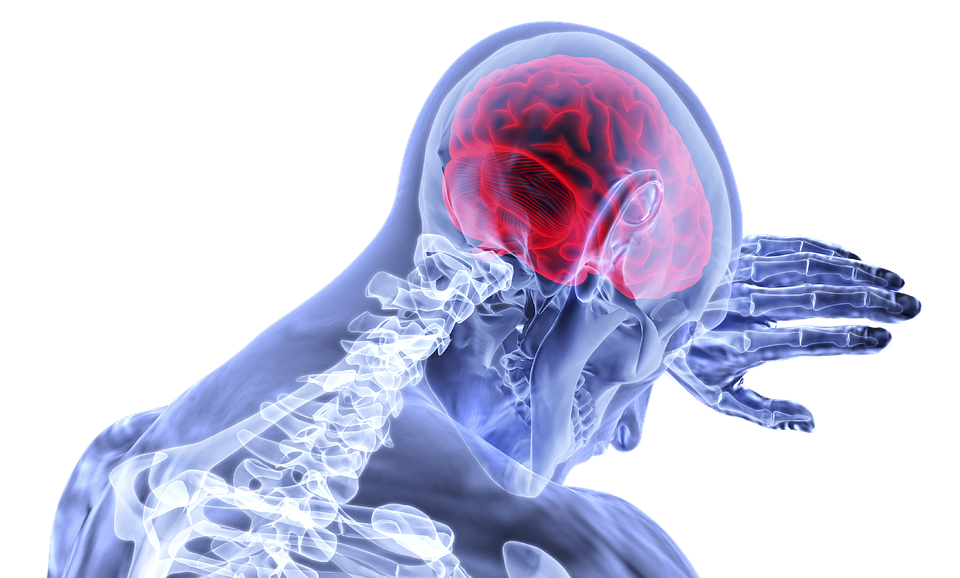 Pneumonia is an inflammation of the airspaces (alveoli; singular alveolus) from the lung many commonly brought on by infections. Viruses, bacteria, or parasites (rarely) can get the disease. Additionally, there are noninfectious kinds of pneumonia which are brought on aspirating or by inhaling toxic chemicals or matter.
Pneumonia is an inflammation of the airspaces (alveoli; singular alveolus) from the lung many commonly brought on by infections. Viruses, bacteria, or parasites (rarely) can get the disease. Additionally, there are noninfectious kinds of pneumonia which are brought on aspirating or by inhaling toxic chemicals or matter.
Some instances of pneumonia are life-threatening. Approximately 50,000 people die annually of pneumonia in the U.S. Though anyone of almost any age may be affected, pneumonia is more common in elderly individuals and frequently takes place as soon as the immune system gets weakened through a prior disease or another disease.
Pneumonia is more serious if it affects children, babies, and adults, those who have chronic health conditions, or individuals who have impaired immune function.
Which are the indications and signs of Diseases?
Signs and symptoms of pneumonia could be severe or mild and rely upon the kind of organism causing illness in addition to someone’s general condition of health. Symptoms of pneumonia contain
- Infection,
- Chest pain if breathing or coughing,
- Labored breathing or shortness of breath,
- Coughing phlegm,
- Illness,
- Infection, along with
- Tiredness
- Nausea, along with vomiting and diarrhea are several other potential symptoms that could accompany the respiratory ailments.
Toddlers and infants might not reveal signs of pneumonia. Rather, the child or the infant may seem lethargic or restless. A child or a baby with disabilities might have a cough or a fever or vomit. Those people who have weak immune systems or Elderly adults might have a temperature that is decrease and symptoms. An alteration in mental status, for example, confusion, may grow in elderly adults with disabilities.
When do the symptoms and signs of pneumonia begin?
The period for pneumonia is based upon the sort of organism causing the illness, in addition to features such as health condition and her or his age. Most cases of influenza start with symptoms much like those of a chilly or even influenza that lasts more than influenza (approximately seven to ten times ) and be more acute. The signs of pneumonia may occur in the few days to a week after the flu-like symptoms.
Which are the Kinds of pneumonia?
From time to time, the sort of organism which results in the inflammation, such as infections, viral disease, or infections refers to kinds of pneumonia. The particular receptor title might also be utilized to spell out the kinds of pneumonia, for example pneumococcal (Streptococcus pneumoniae) disease or Legionella pneumonia.
Other jinds of pneumonia that are generally referenced comprise the following:
Aspiration pneumonia grows as a consequence of food or beverage, spit or smoke into the lungs. This takes place when the swallowing reflex is diminished, such as brain harm or at an intoxicated individual. Several kinds of bacteria, such as Legionella pneumophila, Mycoplasma pneumoniae, along with Chlamydophila pneumoniae, trigger atypical pneumonia. It’s occasionally known as “walking pneumonia” and can be known as irregular since its symptoms differ from many different kinds of fungal pneumonia. Pneumonia that originates from being on a ventilator for respiratory assistance in the intensive care environment is called ventilator-associated pneumonia.
